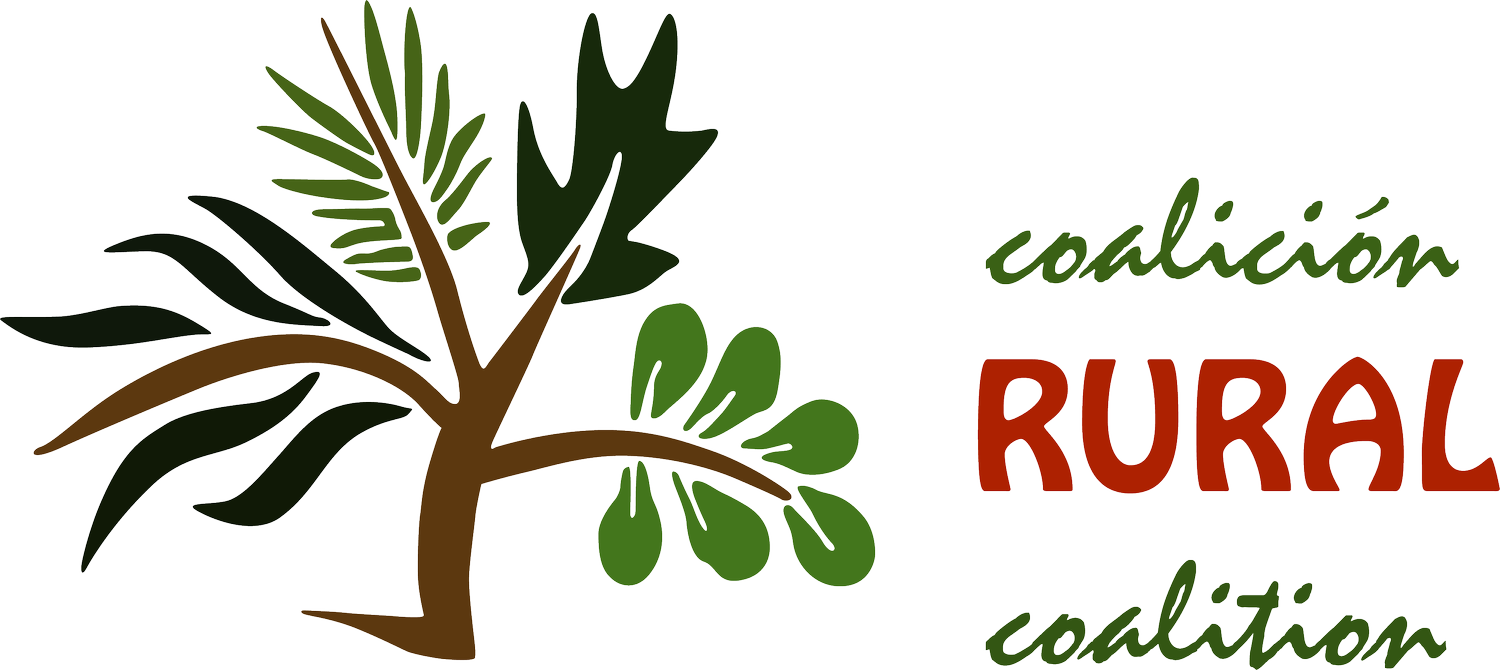“ADDRESSING INVASIVE SPECIES BY DEVELOPING NEW PRODUCTS” - WILLARD TILLMAN
Throughout the Seeds of Resilience Summit in May 2017, Mr. Tillman spoke about the advantages of innovating solutions that emerge from the farmers themselves. He also highlighted the significance of sharing knowledge among farmers. He explained that the encroachment of the red cedar on farmland in Oklahoma is a result of the systematic and long-term lack of access to conservation resources and information for Black and Native American farmers. Today the highly invasive and highly flammable red cedar threatens everyone’s land.
The Oklahoma Black Historical Research Project has worked with small farmers to create a business to remove the invasive red cedar trees, and they are looking at developing valuable products such as mulch, closet liners, boxes and furniture. This innovation also involves learning technical information such as what size of tree is needed for the mill, which trees are better for other uses, and the use of black plastic mulch to make things “less labor intensive.”
“It is also crucial to know which programs can help you [to pay for removal], but if you don’t have a conservation plan, it will come right back. And if you didn’t know you could get assistance to make a conservation plan, and you go back and ask about another program, your proposal will be marked down.”
“Once you get listed and put into the system or process at USDA, you have access. In my case, our organization started in 1998, did an assessment of people’s needs. We found out their practices and what they needed. We also looked at the challenges with USDA at that time. Receipt for service was one thing that was good.”
“We also had drought for many years. Once we addressed some of the problems, we turned to the problem of eastern red cedar. A few years ago, it was invading 700 acres/day; now it’s 852 acres/day. This presents a lot of conservation challenges—it messes up the ecology. Each tree consumes up to 20 gallons of water/day and affects the aquifer. Large farms had taken care of the issue a long time ago. [But now] it’s an issue for farms of all scales. Most of the farmers that struggled were small farmers. Red cedar was taking over their land. We’re now working with NRCS on red cedar removal. We also want a grass management plan with that.”
It is also crucial to know which programs can help you [to pay for removal], but if you don’t have a conservation plan, it will come right back. And if you didn’t know you could get assistance to make a conservation plan, and you go back and ask about another program, your proposal will be marked down.”
“Once you get listed and put into the system or process at USDA, you have access. In my case, our organization started in 1998, did an assessment of people’s needs. We found out their practices and what they needed. We also looked at the challenges with USDA at that time. Receipt for service was one thing that was good.”
“We also had drought for many years. Once we addressed some of the problems, we turned to the problem of eastern red cedar. A few years ago, it was invading 700 acres/day; now it’s 852 acres/day. This presents a lot of conservation challenges—it messes up the ecology. Each tree consumes up to 20 gallons of water/day and affects the aquifer. Large farms had taken care of the issue a long time ago. [But now] it’s an issue for farms of all scales. Most of the farmers that struggled were small farmers. Red cedar was taking over their land. We’re now working with NRCS on red cedar removal. We also want a grass management plan with that.”
“We are developing a plan to link up what we have, rather than what we lack. Assets are what people value. There is value in farming, you just have to know what is on your land.”
